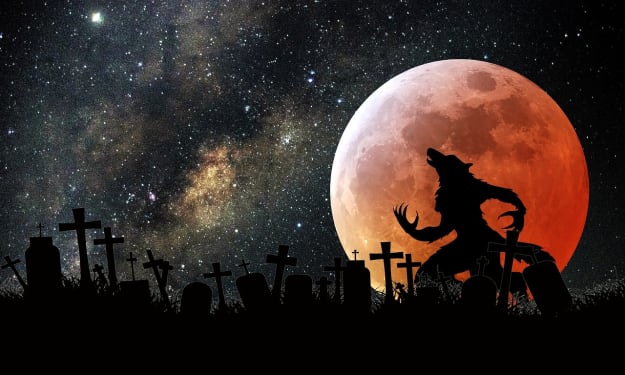Is The Stone of Destiny Fake?
Historical Mysteries

In the annals of history, a significant event transpired in Edinburgh, Scotland, on November 30th, 1996. This date coincided with St. Andrew's Day, a momentous occasion, as it marked the return of a precious artifact after more than seven centuries of absence. The revered item in question was a modest yet enigmatic sandstone block measuring approximately two feet by one foot, weighing 335 pounds. This object goes by the name "the Stone of Scone," or, as legend has it, the "Stone of Destiny."
At first glance, the Stone of Destiny appears unremarkable, lacking any inherent splendor. However, the stories surrounding this stone have perpetuated for centuries, steeped in the bloodshed, wars, and inter-nation conflicts that have shaped Scotland's history.
One facet of its significance resides in its religious roots, intertwined with the biblical tradition. In the Book of Genesis, the patriarch Jacob experienced a profound dream at a place known as Bethel, often translated as the "house of God." Jacob utilized stones as makeshift pillows, and a tradition suggests that the later prophet Jeremiah carried one of these stones to Ireland. From there, it found its way to Scotland, shaping the stone's religious importance.
In 848 AD, a nobleman named Kenneth MacAlpin brought this unassuming sandstone slab to the medieval town of Scone, with Scottish legend claiming that the stone itself proclaimed Kenneth as "Kenneth the First," the original King of Scotland. According to lore, when the rightful ruler placed their foot upon the stone, it would resonate, acknowledging them as the legitimate ruler of the land.
The Stone of Destiny played a pivotal role in Scottish rituals, particularly during coronations. It symbolized the divine selection of the monarch, signifying that their authority was not just established by the people but also ordained by a higher power.
However, in 1296, English Monarch Edward I sought to claim the stone for himself. The 13th century saw English conquests sweeping through Scotland. While we often associate conquerors with seizing valuable items like gold, diamonds, and jewels, in this case, one of the first treasures to be taken was the Stone of Destiny. Edward I aimed to demoralize the Scots by acquiring this precious relic, the epicenter of their power system. He had himself crowned atop this very stone, asserting his sovereignty over both the English and the Scots.
This historical artifact was eventually enshrined in Westminster Abbey beneath a coronation chair known as "Edward's Chair." It became an integral component of the coronation ceremonies for all English monarchs, carrying forward the legacy of its symbolism.
The transformation of a simple stone into a throne of power symbolizes the idea that authority stems from the stone, making it the Stone of Destiny. This term refers to the concept that the course of one's entire life has been predetermined by an inscrutable power. While these rituals might seem like vestiges of an ancient and superstitious past, their continuation into the 21st century illustrates their ongoing significance. Even modern 21st-century Britons believe that their monarch derives their legitimacy from the divine.
The Stone of Destiny has played an essential role in the coronations of nearly every British monarch since the 14th century, with its last use in the coronation of Queen Elizabeth II in 1953. However, recent speculations have cast doubt on the legitimacy of her coronation.
This uncertainty arises from a significant event that transpired on Christmas Day in Westminster Abbey, back in 1950. The Stone of Destiny, which had resided in the abbey for six centuries, was stolen from the coronation chair by a group of Scottish students. They smuggled it to Arbroath Abbey in Scotland, effectively placing it in the custody of the Church of Scotland.
Nevertheless, rumors abound that the original stone never returned to Westminster Abbey and that a replica occupies its place.
While the notion of a fake Stone of Destiny is intriguing, it raises several complexities. When England returned the stone to the Scots in 1996, an agreement stipulated that England retained the right to use it during their next monarch's coronation. This highlights the belief in the stone's significance—a belief that imbues it with energy and endows it with its crucial importance.
It underscores the idea that an object can assume a reality of its own when people fervently believe in its power. In this manner, the Stone of Destiny continues to captivate our collective imagination, and its mystical aura endures.
About the Creator
Cornelious Nyabuto
Through the power of words, I aim to inspire, entertain, and leave a lasting imprint on your imagination.
Email: [email protected]
YouTube: https://www.youtube.com/channel/UC8dU1EOUYKWbRHX4Ml3nFqw






Comments
There are no comments for this story
Be the first to respond and start the conversation.